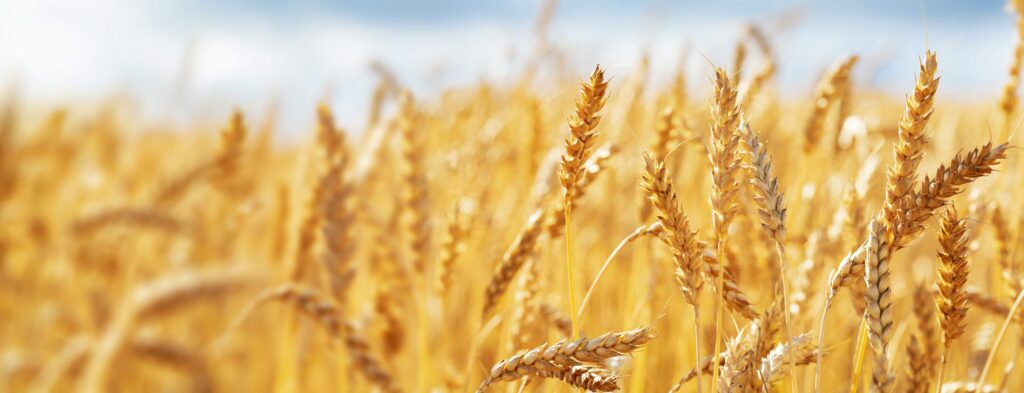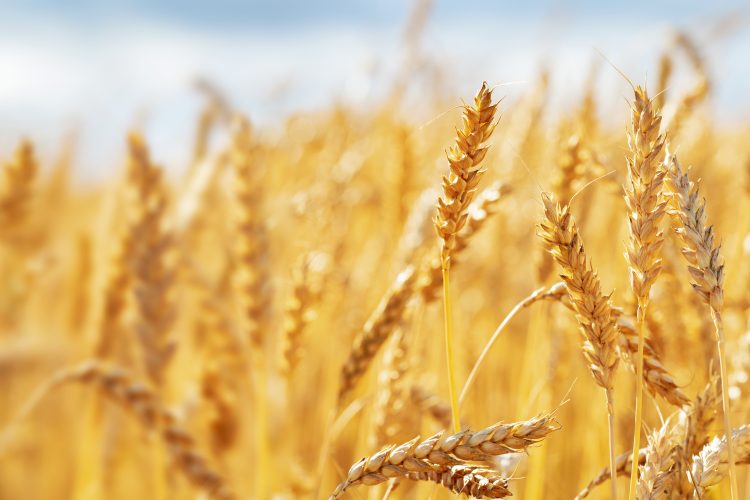Commodity prices fall with further drops expected

University of Missouri’s latest report projects continued decline in farm commodity prices, impacting net farm income and agricultural market outlook.

Farm commodity prices have tumbled from the peak levels they rose to during spring 2022 — and new projections suggest that downward pressure on prices could continue throughout 2024 and beyond – that’s according to the latest report from the University of Missouri.
The Food and Agricultural Policy Research Institute at the University of Missouri (FAPRI) recently released its annual agricultural market baseline outlook, which provides projections for agricultural and biofuel markets.
In addition to those commodity price drops, the report revealed that net farm income is projected to fall to its lowest level since 2020. Despite an anticipated retreat from record levels in 2022, FAPRI director Pat Westhoff was keen to note the importance of historical context.
“Despite a $30 billion drop in net farm income from 2022 to 2023, and another large projected decline in 2024, net farm income remains above annual levels from 2015 to 2020,” Westhoff said.
“Still, there’s no question that farm finances are much tighter now than they were just two years ago.”
The price of crops — one component of the farm income equation — continues to decline; placing pressure on profitability for farmers.
“Our projections indicate that after near-record prices for several crops in the 2022-23 market year, we can expect a retreat,” FAPRI research economist Bob Maltsbarger said.
“In 2023, we saw crops overcome challenging growing conditions and achieve significant production levels that caused a decline in prices. Another year of trend-line yields, and shifting of planted acreage for key crops, could continue the downward trend of prices.”
The baseline report also noted the following trends for farm inputs:
- Lower prices for farm inputs, such as fertilizer, partially offset lower prices but don’t offer enough relief to avoid declines in farmers’ net returns.
- Livestock producers can expect reduced feed costs due to lower corn and soybean prices, offsetting price and demand challenges faced in this sector.
- Demand-driven price declines for hogs, poultry and milk are expected to continue in 2023 and 2024.
- Cattle prices have been strengthened by drought and other factors and an upward trend is projected for 2024 and 2025.
For consumers, food price inflation slowed in 2023, and FAPRI’s report suggests that this trend could continue in 2024. The consumer price index for food is anticipated increase 2.1 percent in 2024, with the lion’s share of the increase coming from food away from home.
Westhoff emphasised the value of the baseline report as a data-driven source for informed decision-making.
“FAPRI’s spring baseline, and subsequent updates, offer an understanding of the challenges and opportunities facing agricultural markets,” Westhoff said. “As producers and policymakers evaluate volatile market conditions, the analyses and projections we’ve shared can aid in risk mitigation.”
Source: newfoodmagazine.com

